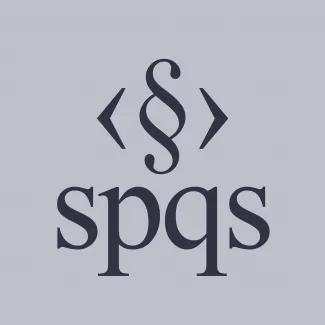Why Companies Are Rewriting Their Java Codebases in Go: A Practical Guide to Migration
As businesses evolve toward cloud-native, high-performance architectures, the limitations of traditional languages like Java become more noticeable. From long startup times to heavy memory use, Java’s trade-offs are prompting more teams to explore leaner, faster alternatives.
That’s where Go comes in. Built for speed, simplicity, and scalability, Go offers a modern development experience with fewer dependencies and better support for concurrency. Collaborating with a seasoned Golang development company can be the first step toward unlocking these benefits and reshaping how your application performs and evolves.
If you’re asking whether now is the time to consider a migration—or if your team is simply looking for a more maintainable, cloud-optimized language—this guide will walk you through what Go offers, where it wins, and when the switch is worth it.
Core Benefits of Moving from Java to Go
1. More Performance, Less Overhead
Go is compiled to native machine code and doesn’t rely on a virtual machine like Java’s JVM.
This allows for quicker execution, faster cold starts, and better performance for networked or multi-threaded applications.
2. Code That’s Easier to Work With
Go was designed to be easy to read and write.
Its syntax is simple, clean, and consistent—ideal for teams that prioritize maintainability and onboarding speed.
3. Built-In Concurrency
Concurrency in Java can get complex fast.
Go solves this elegantly with goroutines and channels, allowing developers to run thousands of concurrent tasks with minimal friction and resource cost.
4. Faster Build and Release Cycles
With quick compile times and static binaries, Go shortens the development cycle.
There’s no JVM, no complex classpath setup—just quick builds and straightforward deployments.
5. Reducing Dependency Management
Go’s philosophy encourages minimal external dependencies.
Static linking makes distribution simpler, and Go’s tooling helps catch issues early in the pipeline.
6. Optimized for Modern Architectures
From Docker to Kubernetes, many cloud-native applications are built with Go.
It’s built for APIs, distributed systems, CLI tools, and containerized microservices.
7. Cost and Efficiency Optimized
Go implementations can be less CPU and memory intensive, and hence less infrastructure intensive, especially in enterprise deployment scenarios.
8. Reliability
Go builds self-contained executables that are portable and reliable—ideal for CI/CD pipelines and cross-platform delivery without surprises at runtime.
9. Backed by Google
Go has notably grown from its initial release, with solid community building, commercial adoption, and sustained investment in it by Google.
10. Seamless Tooling Off the Shelf
Everything you need—formatters, linters, test runners, code analyzers—is included in the standard Go toolchain, reducing external dependencies and speeding up development.
11. The Best Fit for Microservices
Go’s efficiency and clarity make it a natural choice for microservice ecosystems.
Lightweight, HTTP libraries like Gin and Fiber accelerate development with minimal bloat.
12. Enhanced Memory Safety
With built-in memory handling and garbage collection, Go allows teams to reduce memory-based bugs and security issues.
Need help deciding if Go is the best for your project? We help businesses modernize their infrastructure and perform the migrations with the lowest amount of risk at Singula Team. If you're considering a switch from Java to Go, reach out today—let's build your next generation of software together.
Key Things to Consider Before Switching
- Smaller Ecosystem Framework: Go is growing rapidly, yet it still has fewer off-the-shelf frameworks and libraries than Java, especially for enterprise needs.
- Team Relearning Curve: Developers fluent in Java may need time to shift their mindset and master Go’s idiomatic style and concurrency model.
- You May Miss Mature Java Frameworks: Java’s enterprise ecosystem (Spring, Hibernate) is still unmatched for some use cases, like large monoliths or legacy systems.
When to Use Go Instead of Java?
- You’re building high-performance backend services with many concurrent operations.
- You need something lighter, and more deployable, than JVM-based systems.
- Your architecture is microservices- or cloud-native-focused.
- You’re dealing with infrastructure-heavy products, such as DevOps tools, CLIs, or APIs.
- You need to optimize resource usage across cloud environments.
Conclusion
Rewriting your project from Java to Go isn’t a silver bullet, but it can deliver real advantages in performance, maintainability, and scalability, especially in the age of distributed, containerized, and API-first systems.
If you’re looking to simplify deployments, trim resource consumption, and modernize your tech stack, Go is a compelling choice. With the right migration partner and a solid plan, you can shift with confidence and gain a future-ready foundation.





















